Unlocking the Secrets of Reishi Mushroom Extracts: A Comprehensive Beginner’s Guide
What is Reishi?
Fig 1: Reishi mushroom (Ganoderma lucidum) can be identified by its shiny appearance and woody texture
Reishi mushroom is revered in traditional Chinese medicine as the “Herb of immortality” or “king of herbs”. Its scientific name is Ganoderma lucidum. Over the centuries it has been used to symbolize wealth and longevity. Its many medicinal properties have made it the subject of both ancient as well as modern scientific inquiry. With over 3800 publications and 40 clinical trials, Reishi mushrooms hold the title of the most well-researched functional mushroom on Earth today.
Fig 2: The number of scientific studies containing the keyword Ganoderma has constantly increased
Where are Reishi mushrooms found?
Reishi mushrooms can be easily identified by their shiny lacquered appearance which is also the reason behind their Latin name Ganoderma which means “shiny skin”. They tend to be reddish brown and fan out in the shape of an ovoid bookshelf. They have a woody and fibrous texture which makes them difficult to consume directly.
They can be found growing all over the world but are particularly common in Asia. Their preferred substrate is hardwood trees which are dead or decaying, especially maple, oak, or elm.
Fig 3: Mushrooms belonging to the Ganoderma genus can be found all over the world (Source)
Are Reishi mushrooms safe to consume?
Consumption of Reishi mushroom can be traced back to the Han dynasty which ruled over China between 206 BC to 220 CE. Its usage was traditionally reserved for emperors and royalty. It was equally respected in Japanese culture where it was reserved for the imperial family and nobility. The regular consumption of Reishi by these Nobels laid the foundations for its global recognition today. In short, these mushrooms have been consumed safely for thousands of years without any documented ill effects.
The medicinal properties of Reishi were recorded in a classical text from Chinese traditional medicine, the Shennong’s herbal classic (Shennong Ben Cao Jing) from the Han dynasty. The text referred to the main effect of reishi as strengthening and restoring health.
Fig 4: Shennong Ben Cao Jing, an ancient Chinese text containing information on herbs used in traditional Chinese medicine (Source)
More recent evidence traced the usage of Reishi mushrooms to 6000 years old. Archeological sites from Zhejiang province in China excavated spores that were approximately 6817 years old making them some of the oldest evidence for Reishi mushroom usage by humans.
Today reishi mushroom is the most popular medicinal mushroom consumed globally. Both powder and extracted forms are safe to consume if processed responsibly. In fact, there are large-scale clinical trials being conducted to investigate the effects of Reishi mushroom on humans.
As recently as 2015, Ganoderma extracts were included in the Chinese pharmacopeia, a list of all accepted medicinal compounds in use today in China. This acceptance is spreading throughout the world and Reishi mushrooms are fast becoming the most widely consumed medicinal mushrooms globally.
What are the beneficial molecules in Reishi mushrooms?
In the 20th century, there has been a surge in scientific interest in Reishi mushrooms. Many research studies have investigated the compounds in Reishi and their potential health benefits. These studies have aimed at validating some of the claims made by traditional medicine while discovering new uses.
Some of the key bioactive molecules found in Reishi mushrooms are:
Fig 5: Structure of a beta-glucan molecule the major immunomodulatory polysaccharide in Reishi mushrooms
Polysaccharides: Reishi mushrooms are rich in various polysaccharides, such as beta-glucans and heteropolysaccharides. Beta glucans in particular have immunomodulatory properties. They interact with immune cells to keep them in a state of alertness.
Fig 6: Ganoderic Acid A, a triterpene from Reishi mushroom
Triterpenes: Triterpenes are a group of compounds found in Reishi mushrooms, including ganoderic acids. These compounds are believed to have anti-inflammatory, antioxidant, and potential anti-cancer properties. They may also support liver health.
Peptides: Peptides are short sequences of amino acids attached to each other. Reishi mushrooms contain various bioactive peptides, some of which may have antioxidant and neuroprotective effects.
Fig 7: Structure of ergosterol, a steroid-like molecule found in Reishi mushrooms
Sterols: Sterols, such as ergosterol and ganoderol, are found in Reishi mushrooms. These compounds have potential cholesterol-lowering properties and may contribute to overall cardiovascular health. contribute to the production of Vitamin D.
Fig 8: Basic structure of Stilbene, a kind of polyphenol found in Reishi mushrooms
Polyphenols: Reishi mushrooms (Ganoderma lucidum) also contain polyphenols, which are a group of naturally occurring compounds with antioxidant properties. Polyphenols are known for their ability to neutralize harmful free radicals, reduce inflammation, and support various physiological processes in the body.
What is Reishi mushroom extract good for?
Reishi mushrooms have the widest-ranging documented health benefits of all medicinal mushrooms consumed to date. Some of the key health benefits are:
Immune system support: Beta glucans from Reishi mushrooms enhance the body’s ability to fight off infection and disease by boosting the immune system. They interact with immune cells and impart a state of alertness.
Anti-inflammatory effects: Both polysaccharides and triterpenes from Reishi mushrooms have anti-inflammatory properties. Reducing inflammation in the body has been proven to be beneficial to health over long periods.
Antioxidant properties: The antioxidant properties of Reishi mushrooms come primarily from polyphenols. They help combat oxidative stress and protect cells from damage caused by free radicals. This activity contributes to better cellular health and longevity.
Stress reduction: Some people use Reishi mushrooms to promote relaxation, reduce stress, and improve sleep quality. Compounds like adenosine found in Reishi are thought to play a role in these effects. The adaptogenic properties of Reishi help in managing stress and improving sleep.
Potential cancer-fighting properties: Bioactive molecules from Reishi mushroom are effective in fighting against cancer in lab studies on mice and cells. Beta-glucans support cells of the immune system that seek and destroy cancer cells, while terpenes and polyphenols can directly attack cancer cells.
Liver support: Water extracts of Reishi mushrooms have been shown to protect the liver against toxin-induced damage. Alcoholic extracts have also been shown to be effective in promoting liver metabolism and protecting from fat accumulation in the liver. Antioxidants such as polyphenols protect liver cells from oxidative stress and damage caused by free radicals.
Respiratory support: Due to the anti-inflammatory and immunomodulatory properties of Reishi mushrooms, they have been shown to reduce airway inflammation in mouse models of asthma. They also interfere in the molecular processes of lung cancer cells and cause them to die.
When should I take Reishi mushroom extract?
Due to their calming effects on the nervous system, it is recommended to consume Reishi mushroom extracts at a time when you’d like to wind down. Consuming Reishi mushroom extracts a couple of hours before sleep or deep rest has been shown to promote sleep quality.
Types of Reishi Mushroom Supplements
Fig 9: Reishi mushroom powder (source)
Powder: Powders are generally made from ground-up mushroom fruiting bodies. They contain the whole mushroom and all the molecules present in the mushroom fruiting bodies. However, most of the bioactive molecules are trapped within the walls of the mycelia and are inaccessible to our digestive systems.
Fig 10: Reishi mushroom being extracted by boiling in a vat with water (source)
Hot water extract: Hot water extracts are prepared by boiling whole or powdered mushrooms over long periods. The extracts prepared by this method are rich in polysaccharides. These extracts lack terpenes and polyphenols which are more soluble in water. Furthermore, the heat-sensitive molecules also degrade due to the long periods of heating.
Fig 11: Reishi mushroom tincture prepared by steeping cut fruiting bodies in alcohol (source)
Tincture: Tinctures are prepared by soaking whole mushrooms or mushroom powders in liquids with high alcohol content such as grain alcohol. The mushrooms are steeped in the alcohol for many weeks to extract hydrophobic molecules. Tinctures are rich in polyphenols and terpenes but contain no polysaccharides.
Dual Extract: Dual extracts are prepared by combining hot water extracts and tinctures. They contain the widest range of bioactive molecules. They are the most beneficial to consume when targeting overall health benefits.
Ultrasound-Assisted Extracts: Ultrasound-assisted extracts are a new method for extracting bioactive molecules from mushrooms. In this method, high-frequency sound waves are used to break open the cells of the mycelia to release bioactive molecules from the cells. They can be performed using water or ethanol. The process is much faster than the previously mentioned methods and contains more bioactive compounds than the other methods.
At Nuvedo we use ultrasound-assisted extraction to prepare our Reishi mushroom dual extracts. This allows us to produce the most potent extracts in the shortest period of time so we can bring you the widest range of health benefits in record time.
What is the best way to consume Reishi mushrooms?
Both extracts and powders have their advantages, and the choice between them can be influenced by factors such as concentration, convenience, and intended use.
Preparation: Powders are prepared by finely grinding whole mushrooms or their spores. They are as good as the whole mushroom. Extracts are prepared by concentrating active compounds isolated from the mushrooms using solvents.
Taste: Mushroom powders taste similar to the whole mushroom. Extracts on the other hand can taste quite different from the whole mushroom as only some of the molecules present in the whole mushroom are available in the extract.
Bioactive molecules: Mushroom powders contain the same bioactive molecules as a whole mushroom. Extracts contain specific bioactive molecules such as beta-glucans, polyphenols, and terpenes.
Potency: Mushroom powders have a low potency as the bioactive molecules are present in their natural concentrations. Mushroom extracts are significantly more potent and contain much higher concentrations of bioactive molecules compared to powders. One would have to consume much larger quantities of powders to get the same benefits.
Bioavailability: the bioactive molecules in mushroom powders are trapped within the tough cell walls of reishi mushroom mycelia. This makes them inaccessible to the digestive system. Extracts have high concentrations of freely available bioactive molecules. These molecules are more easily absorbed by the body.
Consumption: Mushroom powders can be consumed similarly to whole mushrooms by using them in soups, stews, or baked goods. Extracts are specially designed to provide functional benefits and are available as powders, concentrates, or capsules.
In our experience, extracts have been reported to have more reliable results and the dosages can be more precisely controlled. Nuvedo Reishi mushroom extracts are made using our proprietary ultrasound-assisted extraction process using both alcohol and water to maximize the bioactive molecule yield. We also concentrate our extracts so you can get the most bang for your buck.
Fig 12: Reishi mushroom extract being concentrated during our RnD process
Choosing the best Reishi mushroom products?
Due to the diverse nature of the molecules in Reishi mushrooms, it is always best to extract them with both water and alcohol. Dual extracts contain the widest range of bioactive molecules and are the most beneficial way to consume Reishi mushrooms.
We always recommend looking for extracts that have a certificate of analysis indicating the concentrations of bioactive molecules such as beta-glucans, polyphenols, and terpenes. Apart from this, we also recommend looking at test reports for heavy metal and microbial contamination to ensure that you’re getting the best quality product.
At Nuvedo, we are committed to producing the highest quality extracts by adopting the latest technologies. We strongly believe in your right as a consumer to make an informed decision. That is why we make the certificates of analysis for our extracts publicly available so you know exactly what you are getting when you buy our products.
Fig 13: Reishi mushrooms as an ingredient for daily health
Integrating Reishi Mushroom Extracts into Your Daily Routine
Incorporating Reishi mushroom extracts into your daily wellness routine can be a transformative step towards better health. Nuvedo’s Reishi extracts are designed for ease of use and can be integrated into various diets and lifestyles. Whether added to your morning smoothie, or evening tea or taken as a standalone supplement, these extracts can seamlessly become a part of your health regimen.
How much Reishi mushroom extract should I consume?
The appropriate dosage of Reishi mushroom extract can vary based on the product’s concentration and the individual’s health goals and conditions. Nuvedo recommends starting with a small dose to assess tolerance and gradually increasing as needed. It’s always advisable to consult with a healthcare professional, especially for those with pre-existing health conditions or who are taking other medications.
Fig 14: Nuvedo’s Reishi mushroom dual extract comes with a standardized dropper for consistent dosing
What are the side effects of mushroom extract?
Unlike Reishi mushroom powders, there have been no documented side effects from the consumption of reishi mushroom extracts. In humans, high doses of reishi mushroom extracts, up to 10g/kg have been reported to be completely safe.
How does Reishi mushroom make you feel?
As a result of the calming effects of Reishi mushroom extracts on the nervous system, they have a relaxing effect. Many people have reported feeling calm or sleepy after consuming Reishi mushroom extracts. These extracts are also known to promote good sleep which is beneficial for maintaining energy levels throughout the day.
Fig 15: Nuvedo’s Reishi mushroom infusion coupled with Ashwagandha and Lavender provides a relaxing end to a hectic day
Other uses of Reishi mushroom
While Reishi mushrooms are medicinal powerhouses, that’s not all they are good for. Recent years have seen a surge in investigations using mycelium as a material. Materials created using fungal mycelia are known as metamaterials.
Reishi mushroom is used as a preferred species for mycobacterials due to the toughness of their mycelium and their highly adaptive nature. They can be easily grown on a wide range of substrates. Substrates are generally plant-derived materials such as sawdust.
Using these methods, people have produced a wide range of materials such as insulation panels, leather substitutes, and even furniture. We too have used our Reishi mushroom cultures to generate pieces of art like no other. We unite biomaterials with the boundless creativity of artists, fostering an environment that nurtures innovation and fosters the seamless amalgamation of art and science.
Fig 16: The Mycobloc chair, a collaborative art project between Nuvedo and artist Maria Joseph
The Mycobloc Chair was an experiment in sustainability, combining materials from two ages into one mind-bending art piece. The juxtaposition of plastic, a material of the previous technological age that has immense short-term value but in the long-term is a pollutant that contaminates ecosystems everywhere, and mycelium. Mycelium is the biomaterial of the future. Mycelium-based materials have many desirable properties that make them a prime replacement for plastics.
Mycelium-based materials have been proven to be excellent insulators and are the frontrunners to be the next best replacement for styrofoam. They are also flame and chemical retardant which makes them excellent replacements for foams and panels used for home insulation. The greatest advantage of mycomaterials is their completely biodegradable nature. They can be readily composted after their useful lifetime, thus returning the nutrients to the earth from where they came.
While our primary focus at Nuvedo centers on crafting functional mushroom extracts and products, our commitment extends beyond this realm. We engage in projects like these to shed light on the ecological impact of fungi, a purpose that seamlessly weaves into our ethos and practices. It is our profound understanding of the broader significance of mycelium and its role in shaping our future that propels us forward.
References
Wu et. al. “Hepatoprotective effects of aqueous extract from Lingzhi or Reishi medicinal mushroom Ganoderma lucidum (higher basidiomycetes) on α-amanitin-induced liver injury in mice”. (2013) DOI: 10.1615/intjmedmushr.v15.i4.60
Ahmad et. al. “Ganoderma lucidum: Novel Insight into Hepatoprotective Potential with Mechanisms of Action”. (2023) DOI: 10.3390/nu15081874
Li et. al. “Ganoderma modulates allergic asthma pathologic features via anti-inflammatory effects”. (2022) DOI:10.1016/j.resp.2022.103843
Figlas and Curvetto. “Medicinal mushroom Reishi (Ganoderma Lucidum) – Toxicity and allergenicity studies. Dosage, posology and side effects”
Yao et. al. “Ganoderma lucidum promotes sleep through a gut microbiota-dependent and . serotonin-involved pathway in mice” (2021) DOI: 10.1038/s41598-021-92913-6
Sharma et. al. “Bioactive metabolites of Ganoderma lucidum: Factors, mechanism and broad spectrum therapeutic potential”. (2019) DOI: 10.1016/j.hermed.2019.100268
Wu et. al. “Anti-cancer properties of triterpenoids isolated from Ganoderma lucidum – a review”. (2013) DOI: 10.1517/13543784.2013.805202
Wu et. al. “Triterpenoids from Ganoderma lucidum and Their Potential Anti-inflammatory Effects”. (2019) DOI: 10.1021/acs.jafc.9b01195
Veljović et. al. “Chemical composition, antiproliferative and antioxidant activity of differently processed Ganoderma lucidum ethanol extracts”. (2017) DOI: 10.1007/s13197-017-2559-y
Cen et. al. “Anti-tumor and Anti-angiogenic Ergosterols from Ganoderma lucidum”. (2017) DOI: 10.3389/fchem.2017.00085
Xu et. al. “Anti-inflammatory effects of Ganoderma lucidum sterols via attenuation of the p38 MAPK and NF-κB pathways in LPS-induced RAW 264.7 macrophages”. (2021) DOI: 10.1016/j.fct.2021.112073
Wu et. al. “Sterols and triterpenoids from Ganoderma lucidum and their reversal activities of tumor multidrug resistance”. (2020) DOI: 10.1080/14786419.2021.1878514
Seweryn et. al. “Health-Promoting of Polysaccharides Extracted from Ganoderma lucidum”. (2021) DOI: 10.3390/nu13082725
Wang et. al. “Traditional uses, chemical components and pharmacological activities of the genus Ganoderma P. Karst.: a review”. (2020) DOI: 10.1039/D0RA07219B

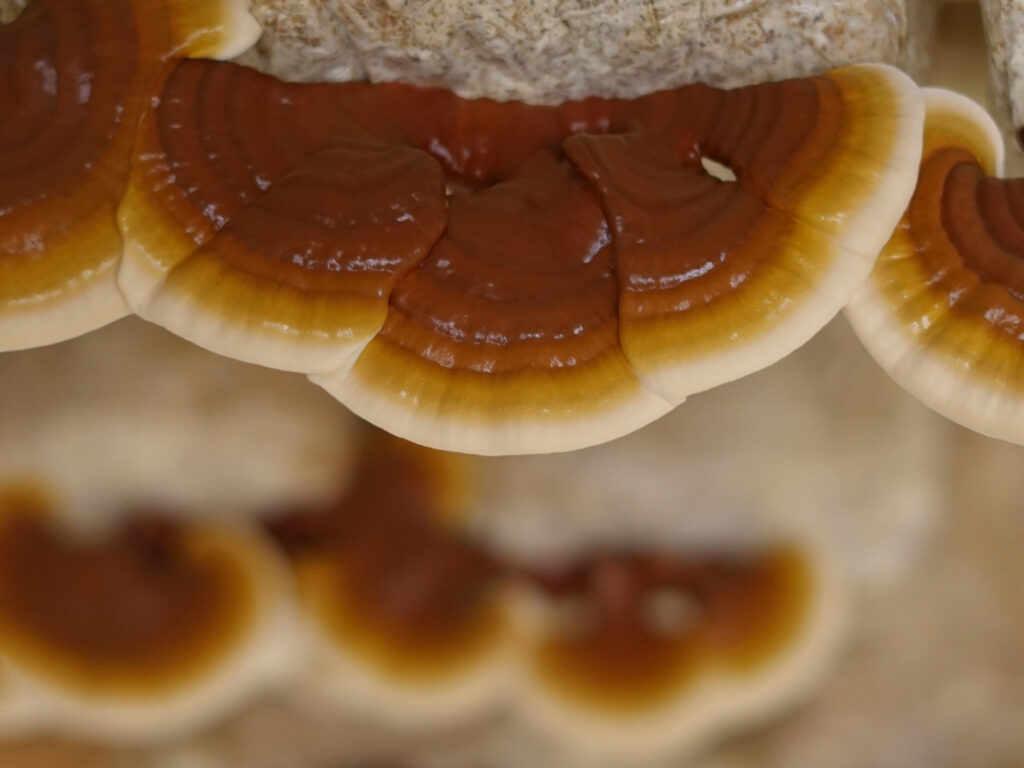
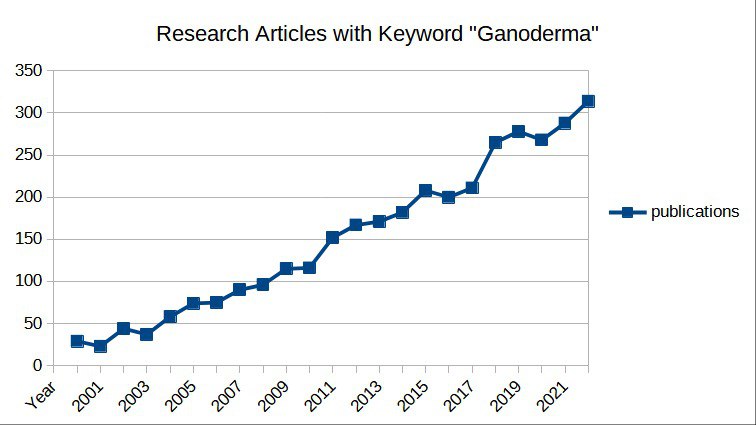
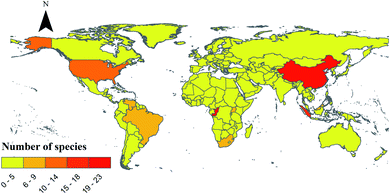
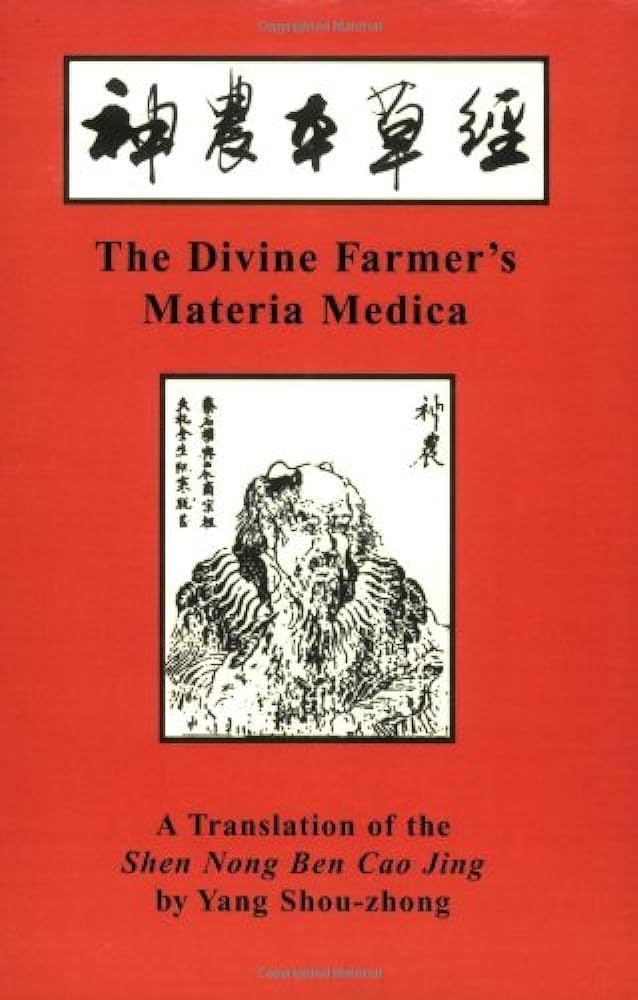
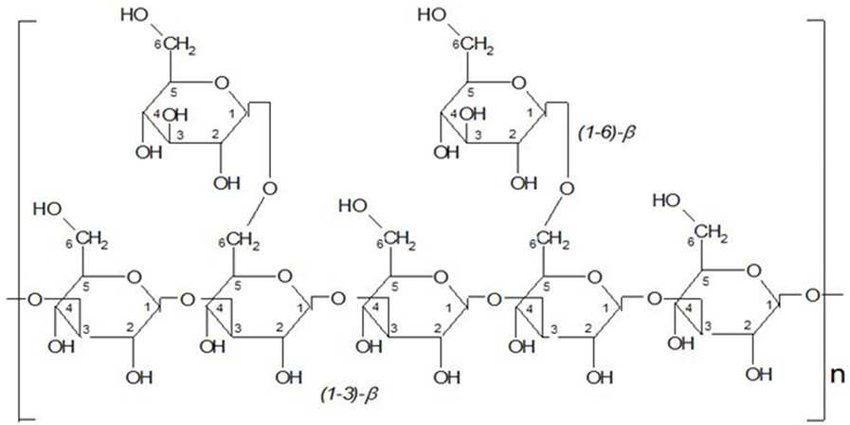
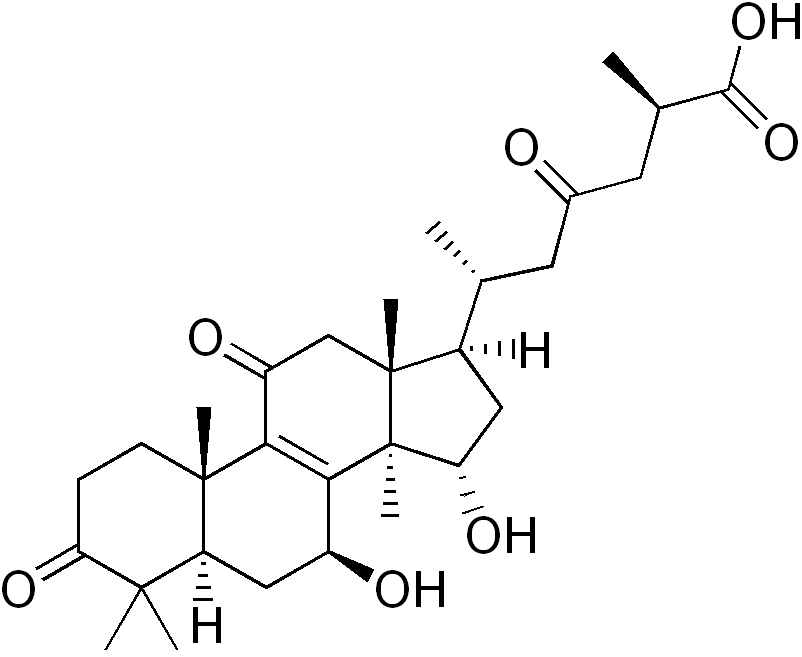

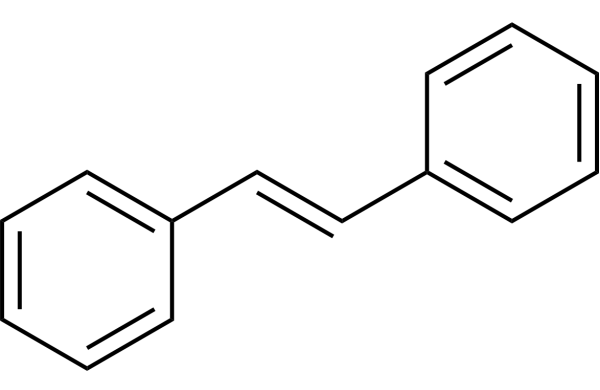
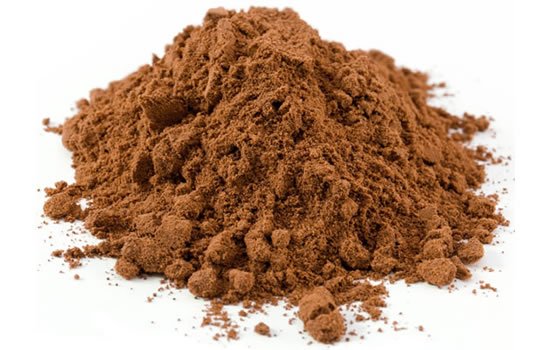
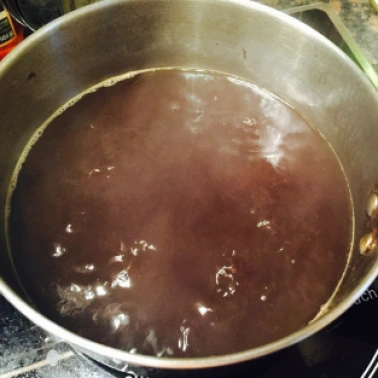

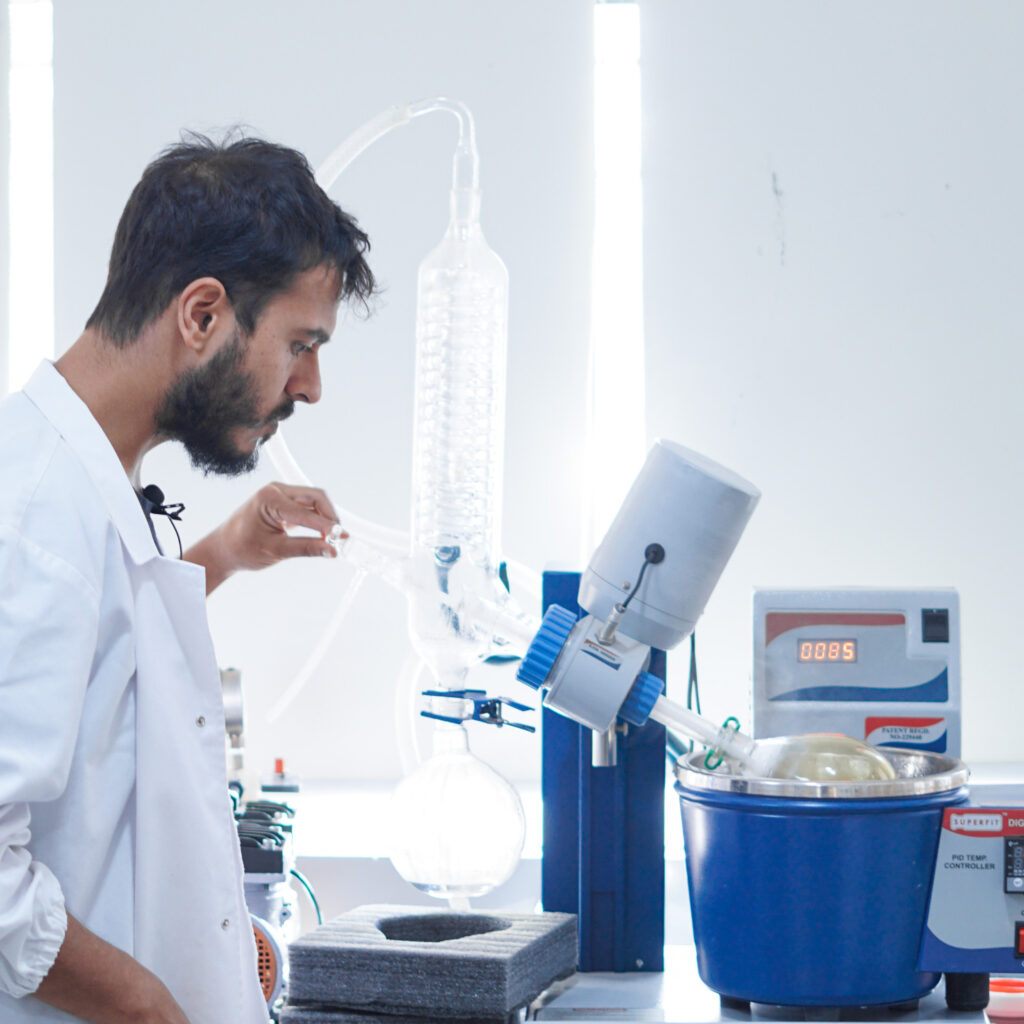
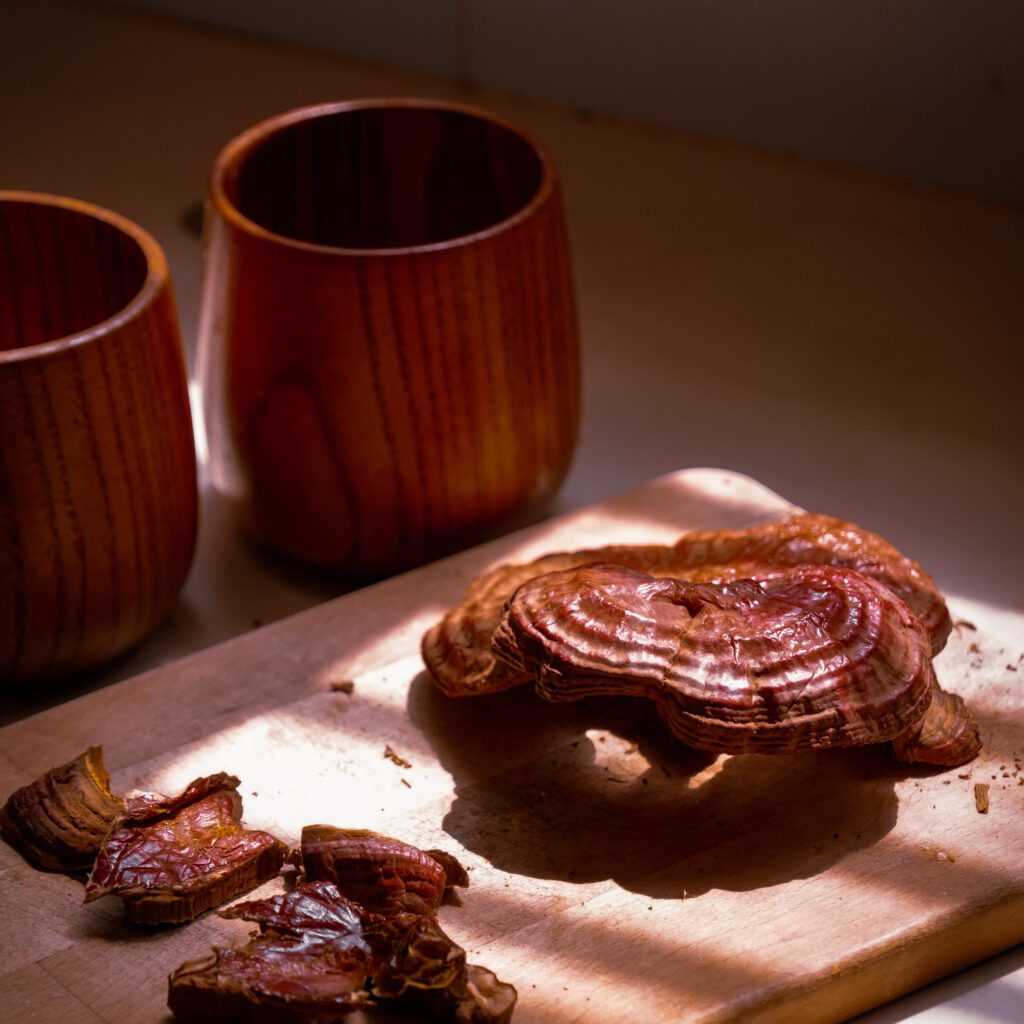
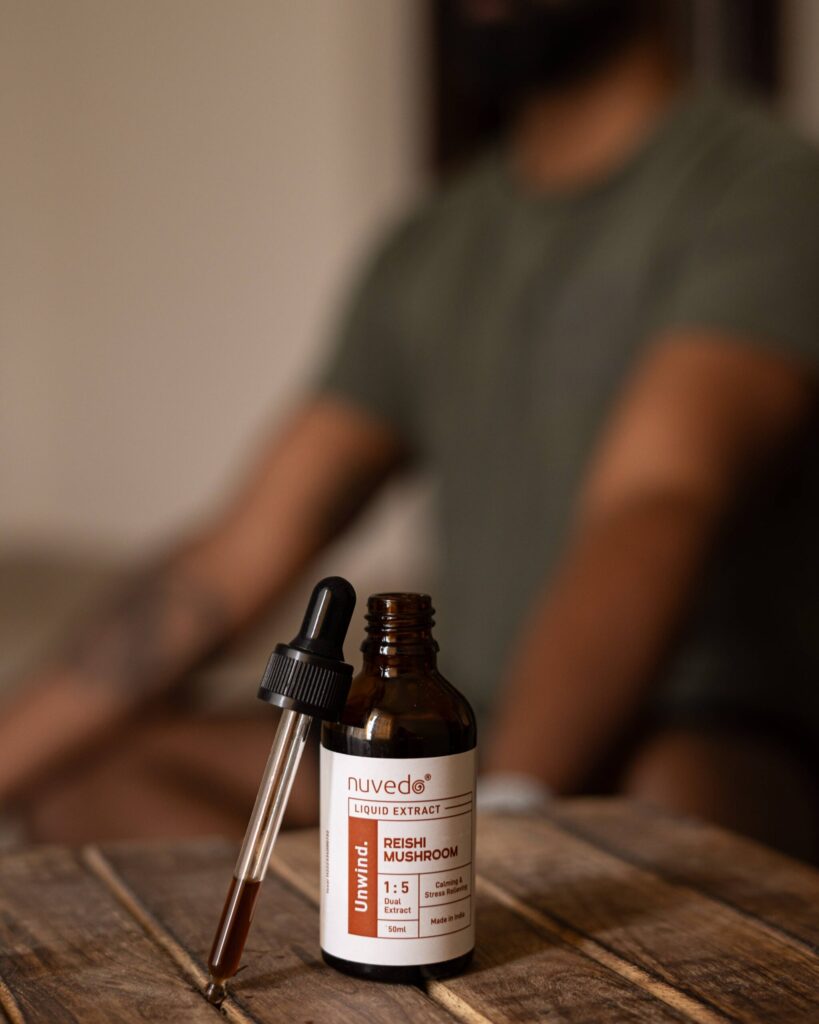

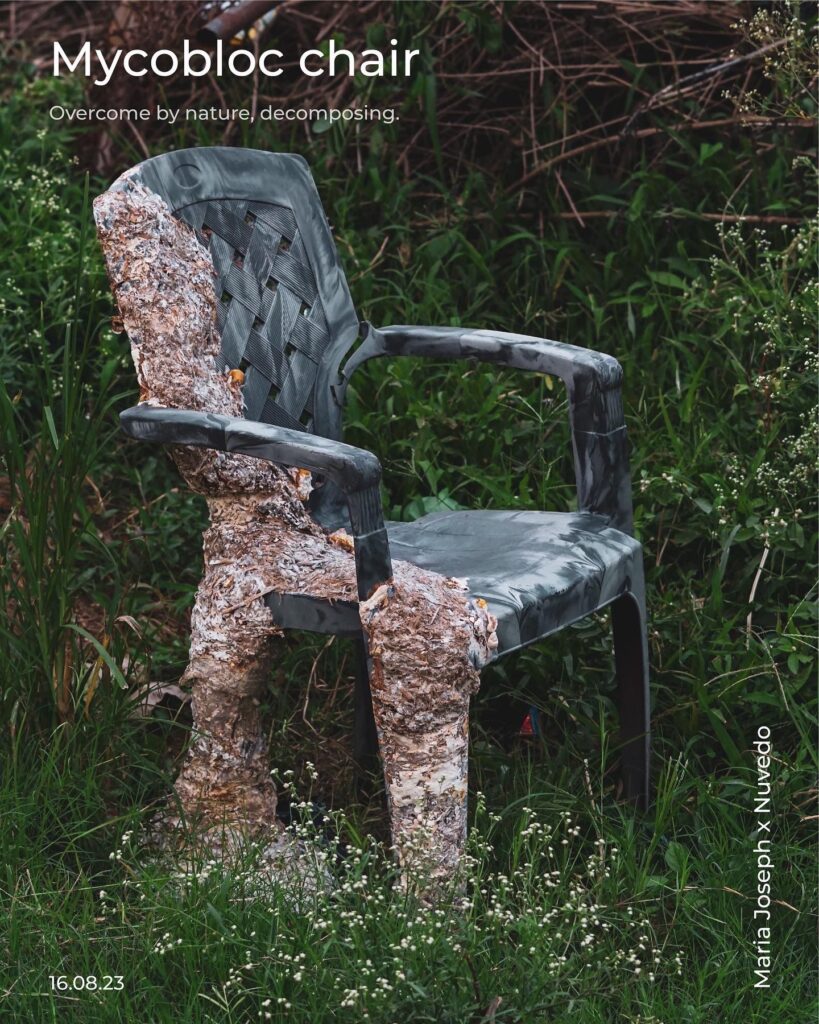
 Neeladri Chowdhury
Neeladri Chowdhury